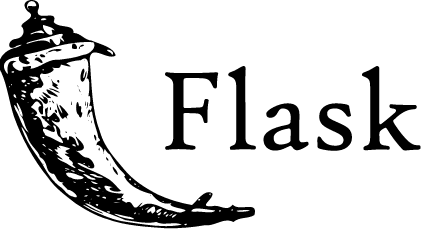Organizing Your Flask Project with Multiple Apps

Flask, a lightweight and flexible web framework for Python, provides a simple and extensible structure for building web applications. As your project grows, organizing your code becomes crucial for maintainability. One effective way to structure your Flask project is by using multiple apps. In this blog post, we'll explore how to register and organize multiple apps within a Flask project.
Why Multiple Apps?
Breaking down a monolithic Flask application into smaller, modular apps offers several advantages:
Modularity: Each app can focus on specific functionality, making it easier to maintain and understand.
Reusability: Apps can be reused across projects, promoting code consistency.
Scalability: Separating concerns allows for easier scaling as your project expands.
Getting Started
You can get a template flask API app at Aida (Flask Rest API) template
Let's assume you have a basic Flask project with the following structure:
/my_project
/app
/static
/templates
__init__.py
routes.py
config.py
run.py
Now, let's create a new app called admin and register it within the project.
Step 1: Create the New App
Create a folder for the new app within the project:
/my_project
/app
/static
/templates
__init__.py
routes.py
/admin
__init__.py
routes.py
config.py
run.py
Step 2: Define Routes for the New App
Define the routes for the new app in admin/routes.py:
# admin/routes.py
from flask import Blueprint
admin_bp = Blueprint('admin', __name__)
@admin_bp.route('/dashboard')
def dashboard():
return 'Admin Dashboard'
Step 3: Register the New App
In admin/__init__.py, create an instance of Blueprint and register it with the main Flask app:
# admin/__init__.py
from flask import Blueprint
admin_bp = Blueprint('admin', __name__)
# Import routes to register them
from . import routes
def init_app(app):
app.register_blueprint(admin_bp, url_prefix='/admin')
Step 4: Update the Main App
In the main __init__.py file, update it to initialize the new app:
# app/__init__.py
from flask import Flask
from .admin import init_app as init_admin_app
app = Flask(__name__)
# Initialize the admin app
init_admin_app(app)
Now, you have successfully registered a new app within your Flask project.
final thoughts ...
Organizing your Flask project with multiple apps allows for a cleaner and more modular codebase. Each app can encapsulate specific functionality, making the entire project more maintainable and scalable. Following these steps, you can easily extend your project with new apps, ensuring a structured and organized codebase.
Happy coding!

